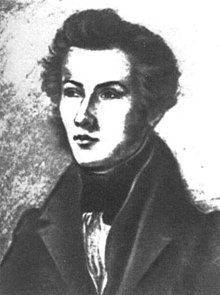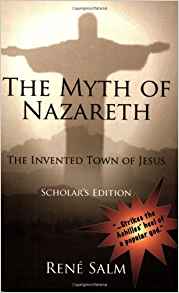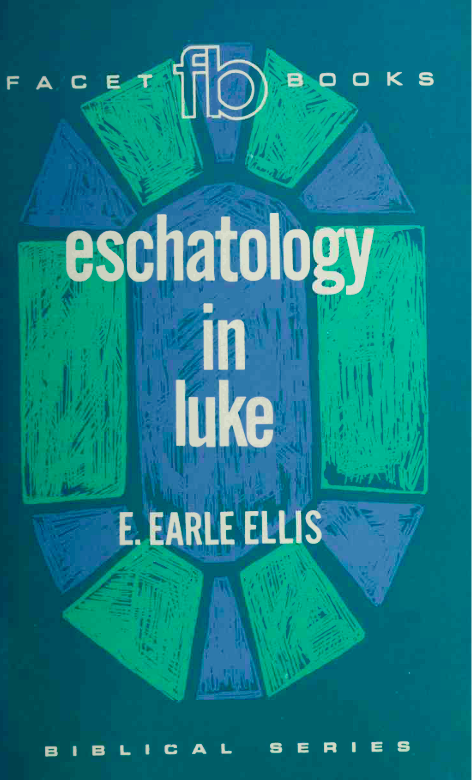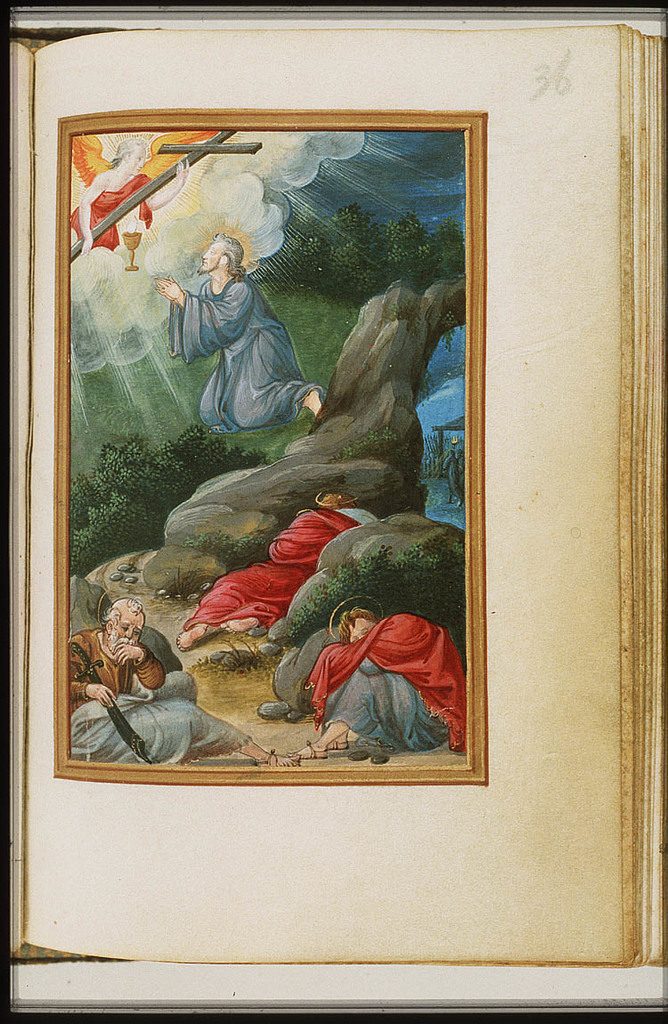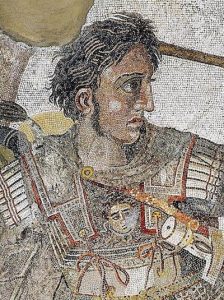Yes, and the earliest evidence we have of that tradition appears in a work by Origen almost 200 years after (most scholars believe) the following was penned by Paul:
Galatians 1:
18 Then after three years, I went up to Jerusalem to get acquainted with Cephas and stayed with him fifteen days. 19 I saw none of the other apostles—only James, the Lord’s brother. 20 I assure you before God that what I am writing you is no lie.
21 Then I went to Syria and Cilicia. 22 I was personally unknown to the churches of Judea that are in Christ. 23 They only heard the report: “The man who formerly persecuted us is now preaching the faith he once tried to destroy.” 24 And they praised God because of me.
Origen in his Commentary on Matthew referred to that Galatians passage:
And depreciating the whole of what appeared to be His nearest kindred, they said, Is not His mother called Mary? And His brethren, James and Joseph and Simon and Judas? And His sisters, are they not all with us? They thought, then, that He was the son of Joseph and Mary. But some say, basing it on a tradition in the Gospel according to Peter, as it is entitled, or The Book of James, that the brethren of Jesus were sons of Joseph by a former wife, whom he married before Mary. Now those who say so wish to preserve the honour of Mary in virginity to the end. . . . .
And James is he whom Paul says in the Epistle to the Galatians that he saw, But other of the Apostles saw I none, save James the Lord’s brother.
And to so great a reputation among the people for righteousness did this James rise, that Flavius Josephus, who wrote the Antiquities of the Jews in twenty books, when wishing to exhibit the cause why the people suffered so great misfortunes that even the temple was razed to the ground, said, that these things happened to them in accordance with the wrath of God in consequence of the things which they had dared to do against James the brother of Jesus who is called Christ. And the wonderful thing is, that, though he did not accept Jesus as Christ, he yet gave testimony that the righteousness of James was so great; and he says that the people thought that they had suffered these things because of James.
Eusebius, Epiphanius and Jerome, of the fourth and fifth centuries, also comment on “the tradition that fairly consistently understood James to be the biological relative of Jesus”.
Before Origen we have no indication that anyone noticed that passage in Galatians about the relationship of James and Jesus. The canonical gospels speak of James as a brother of Jesus but that James is evidently a non-believer. He was certainly not a follower of Jesus. The Acts of the Apostles sets a James in a position of ultimate authority in the Jerusalem Church (ch. 15) but there is no suggestion that this James was related to Jesus.
In 1 Corinthians 15 we read that the resurrected Jesus appeared to Peter, then to The Twelve, then to 500 brethren, then to James. Again, there is no suggestion that this James had any family relationship with Jesus.
Justin Martyr, writing in the early half of the second century, makes no mention of any especially distinguished James figure in the early church. Justin appears to know nothing of the Acts narrative because he tells us that all the apostles scattered from Jerusalem after Jesus’ ascension and preached the gospel throughout the world. Neither Paul nor James appears in Justin’s writings. (The only James Justin mentions is the son of Zebedee.)
We next come to Tertullian who wrote at length a diatribe against the teachings of Marcion. One of those teachings was that Jesus was not a literal human as we are but only took on the appearance of a human. Though Tertullian made many references to Marcion’s copy of Paul’s letter to the Galatians, and though he regularly castigated Marcion for chopping out verses he did not like as interpolations, Tertullian makes no mention at all Paul ever having acknowledged that James was the brother of the Lord or of Jesus. It is as though that passage did not exist in either Marcion’s or Tertullian’s copy of the epistle.
Accordingly, Jason D. BeDuhn in The First New Testament: Marcion’s Scriptural Canon, states that the passage quoted above, 1:18-24, “is unattested” (p. 262).
Adolf Harnack, an early scholar of Marcion, wrote in Marcion: The Gospel of the Alien God, of the same passage in Galatians:
Chapter 1:18-24 probably were omitted because Marcion could not allow these connections of the apostle with Peter and the Jewish-Christian communities to stand . . . (p. 31)
Yet Harnack finds no opportunity to inform readers that Tertullian took the opportunity (as he did elsewhere) to excoriate “the heretic” for cutting out passages he did not like.
Another author in his book arguing against Christ Myth proponents of his day, A. D. Howell Smith, noted a further indication that Galatians 1:18-19 was unknown to anyone, “orthodox” or “heretic”, at that time:
There is a critical case of some slight cogency against the authenticity of Gal. i, 18, 19, which was absent from Marcion’s Apostolicon; the word “again” in Gal. ii, 1, which presupposes the earlier passage, seems to have been interpolated as it is absent from Irenaeus’s full and accurate citation of this section of the Epistle to the Galatians in his treatise against Heretics. (p. 76 of Jesus Not A Myth by A. D. Howell Smith.)
As for the passage about “the brother of Jesus called Christ, James by name” in Josephus’s Antiquities, note only that Origen’s discussion was confused because it states that Josephus claimed that the Jews believed Jerusalem was destroyed because of their unjust treatment of James — Josephus says nothing like that in our copies of his work. (Notice, further, that no-one appears to have had any knowledge of such a passage until, once again, the time of Origen!) As for the rather strange phrasing of the reference that points to the likelihood of marginal notes being incorporated into the text at some point, and the reliance of the passage upon Josephus having made the unlikely identification of Jesus as the Messiah or Christ in an earlier passage, see earlier posts:
- That other suspect entry in Josephus (2007-04-06)
- “The brother of Jesus called Christ”: another Eusebian footprint in Josephus? (2009-05-15)
- Brother of Jesus called Christ / 2 (2009-05-16)
- That ‘brother of Jesus who is called Christ’ storm in Josephus’s teacup (2010-10-13)
- 6 More Reasons to Question Josephus’ “James the brother of Jesus” passage (2018-01-22)
It is not unreasonable to suspect that the Galatians 1:19 passage was added at some point after the time of Tertullian.
Against Heresies 3.13.3.
Quoniam autem his, qui ad Apostolos vocaverunt eum de quaestione, acquievit Paulus, et ascendit ad eos cum Barnaba in Hierosolymam, non sine causa, sed ut ab ipsis libertas Gentilium confirmaretur, ipse ait in ea quae ad Galatas est epistola: Diende post XIV annos ascendi Hierosolymam cum Barnaba, assumens et Titum. Ascendi autem secundum revelationem, et contuli cum eis Evangelium, quod praedico inter Gentes
Supporting the idea that only one visit to Jerusalem was depicted in the Epistle to the Galatians (and that the first visit in which Paul says he met Peter/Cephas along with James the brother of the Lord was an interpolation) is Irenaeus’s apparent quotation of Galatians 2:1. He indicates that Paul only paid one visit to Jerusalem, not two. He does not know the word “again”. See the extract in the side box from the Benedictine text available at archive.org: translated Irenaeus has “After 14 years I went up to Jerusalem”, no “again” in there. If Irenaeus indicates the original here then this section of Galatians read:
17 I did not go up to Jerusalem to see those who were apostles before I was, but I went into Arabia. Later I returned to Damascus.
18 Then after three years, I went up to Jerusalem to get acquainted with Cephas[b] and stayed with him fifteen days. 19 I saw none of the other apostles—only James, the Lord’s brother. 20 I assure you before God that what I am writing you is no lie.
21 Then I went to Syria and Cilicia. 22 I was personally unknown to the churches of Judea that are in Christ. 23 They only heard the report: “The man who formerly persecuted us is now preaching the faith he once tried to destroy.” 24 And they praised God because of me. 2 Then after fourteen years, I went up again to Jerusalem.
Thus went the original, or so it appears on the basis of Irenaeus. (For the source of this argument see my earlier notes from Howell Smith at James Brother of the Lord: Another Case for Interpolation.



